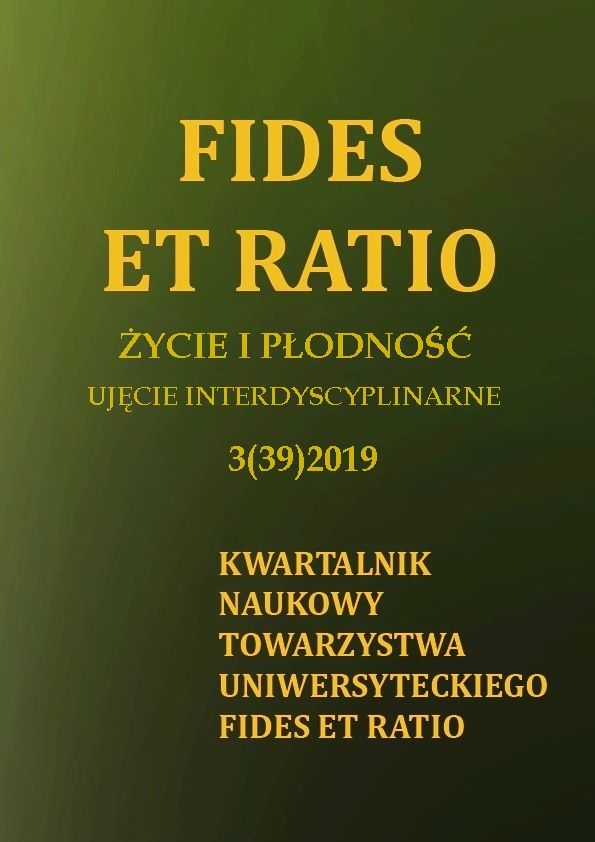Abstract
Caesarean section (CC) is a life saving intervention for both mother and child in the event of complications preventing vaginal delivery. Research indicates that an optimal percentage of cesarean sections for medical indications should be 10-15% relative to vaginal delivery. In the past 15 years (2000-2015) a global increase in the percentage of CC from 12% to 21% was noted. Analysis of indications using the Robson classification showed that the most common indication for CC is a prior CC. Therefore, a dynamic increase in the percentage of CC can be seen.
Currently, the percentage of cesarean sections in Poland is 35,8% and exceeds the recommended rates. Since 2015, interventions have been implemented to reduce these numbers. One of them is the introduction of a new recommendation in 2018, according to which previous delivery via CC is not a direct indication for a repeat cesarean section.
Route of delivery after cesarean section is a controversial topic. Scarce and unreliable data and unambiguous indications for doctors in this regard. At the same time, a number of studies indicate that vaginal birth after caesarean section (VBAC) is safe for mother and child. In the absence of additional risk factors, a woman has a 74% chance of successful VBAC after one CC, which is why it is the best choice for most women. Despite this data, there are only a few centers in Poland where VBAC is possible and preferred. In addition, the change in recommendations was received by some women in Poland as a limitation of the possibility of co-deciding on the choice of proceedings, as previous recommendations included the possibility that a woman would not agree to attempt a delivery by nature. To date, no studies have been carried out in Poland regarding the preferences and motivation of women regarding the choice of delivery, and no statistics are provided about the number of VBAC attempts made and their effectiveness.
The decision on the way of delivery after Caesarean section should be made individually taking into account the balance of benefits and threats. It is also important to take into account the perspective of a woman and her attitude towards the delivery route, because according to the recommendations of the World Health Organization, good delivery is one that gives a woman a sense of co-decision, even when the use of medical procedures is necessary. The most optimal would be the choice in the doctor's dialogue with the patient, which would include both recommendations based on medical evidence and the needs of the woman.
Key words: VBAC, TOLAC, ECS, delivery after cesarean section, recommendation
